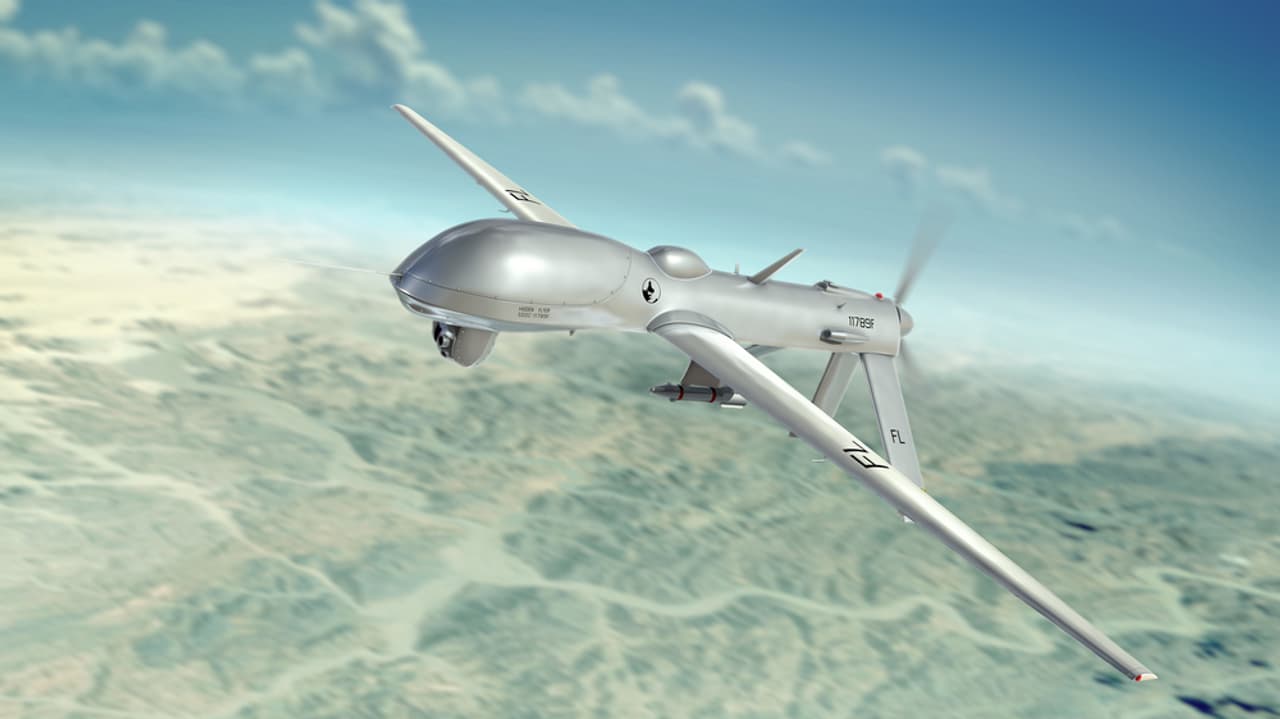
Legality of drone warfare
The US has been carrying out targeted killings with drones around the world for more than 15 years. As the rate of strikes increased through the years so too did the criticisms from rights groups and civil liberties advocates.
Among the most consistent, and vociferous, points of contention has been the legal basis for the counter-terrorism campaign.
Over time US government gradually began discussing its legal justification for the strikes, starting in 2010 with a speech by the State Department’s top legal advisor. The speech gave a broad outline of the government’s position on “lethal counterterrorism operations” though did not actually address the topic of drone strikes. It would be another two years before the administration officially acknowledged the drone campaign even existed.
Information has come out of the administration in dribs and drabs since then. Some was given up voluntarily, in speeches and briefings, but much had to be forced out of the White House through lengthy court battles.
Ultimately, the US government has revealed a considerable amount about the legal basis for the strikes. It has been commended in many quarters for the scope of the information it has provided, albeit reluctantly. The transparency however has not quelled the criticism.
There is just one law that underpins the whole basis for the US being at war with al Qaeda and its cronies that has been even remotely scrutinised by Congress. The Authorisation for the Use of Military Force Act was drafted by the Bush White House in the week after the 9/11 attacks.
At its heart is a sixty-word sentence that gives the US president the power to “use all necessary and appropriate force against those nations, organisations, or persons” that he or she determines was behind or helped the people who carried out the attacks. It was passed into law by Congress on September 16 with only one dissenting vote.
The AUMF’s scope gave the president a free hand. It has no time or geographical limits; it technically allows the president to fight a perpetual global war. It also empowers the president to go after individuals as well as nation states.
Within weeks of it becoming law the US and its allies had invaded Afghanistan, going after the Taliban and al Qaeda. A year later the US carried out its first drone strike beyond active battlefields, killing six al Qaeda fighters in Yemen.
By 2004 the US was striking al Qaeda, the Taliban, and various other armed groups in Pakistan.
AUMF is so broad that it allows the President to target new enemies without the usual authorisation from Congress. The scope has grown from just the Taliban and al Qaeda - AUMF is now being used to justify strikes against groups that did not exist when al Qaeda attacked the World Trade Centre and Pentagon.
The Obama administration started claiming that they had the power to use drones against al Qaeda, the Taliban and “associated forces”, despite the term not appearing in the Act. The administration said it means entities closely linked to al Qaeda, such as its Yemeni franchise or its fighters in East Africa.
However, AUMF has also been invoked to legally justify targeting Islamic State (IS) fighters in Iraq, Syria and Libya without further authorisation from Congress, which US lawmakers criticised as more than a bit of a stretch. The Obama administration says it’s legitimate as IS was born out of Al Qaeda in Iraq, a legitimate target under AUMF since 2004.
The law has been extended to include Somali terrorist group al Shabaab. America has been targeting its leaders for more than seven years because, the US says, they were members of both al Qaeda in East Africa and al Shabaab. However, the group as a whole was only judged to be an al Qaeda “associated force” in late 2016.
Obama repeatedly promised to “refine, and ultimately repeal” the 2001 AUMF but to no avail. He used AUMF throughout both his terms to justify the drone campaign.
President Bush and Obama oversaw 620 strikes in Pakistan, Yemen and Somalia (outside the active war zones of Iraq, Afghanistan and latterly Syria). That number only looks set to rise.
The US’s conflict with terrorist organisations associated with al Qaeda and the Taliban is boundless because these groups can and do operate in countries around the world, it says. And it is legal, the US claims, because of the inherent right to self-defence and because the strikes comply with the laws of armed conflict.
Critics say this is tantamount to a boundless forever-war. Beyond AUMF, thousands upon thousands of words have been crafted by administration lawyers but they are “legal rules that are neither fully articulated to the public nor reviewed by any court,” explains civil liberties lawyer Jameel Jaffer in his book The Drone Memos.
The legal positions and policy documents drafted by the Obama administration in the latter years of his presidency put some limited constraints on how drones can be used. But nothing in these documents is set in stone, Jaffer explains. President Donald Trump has inherited the powers provided by AUMF: there is no constraint on how he can use them.


